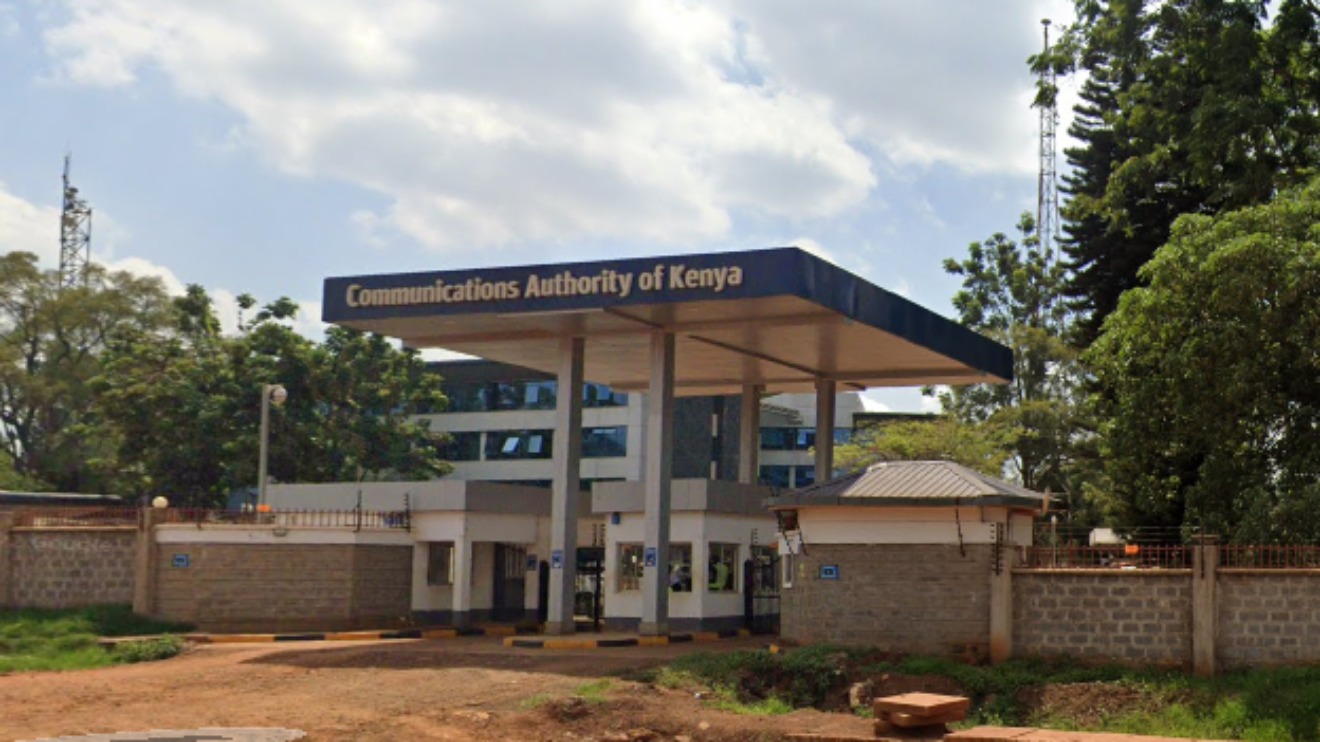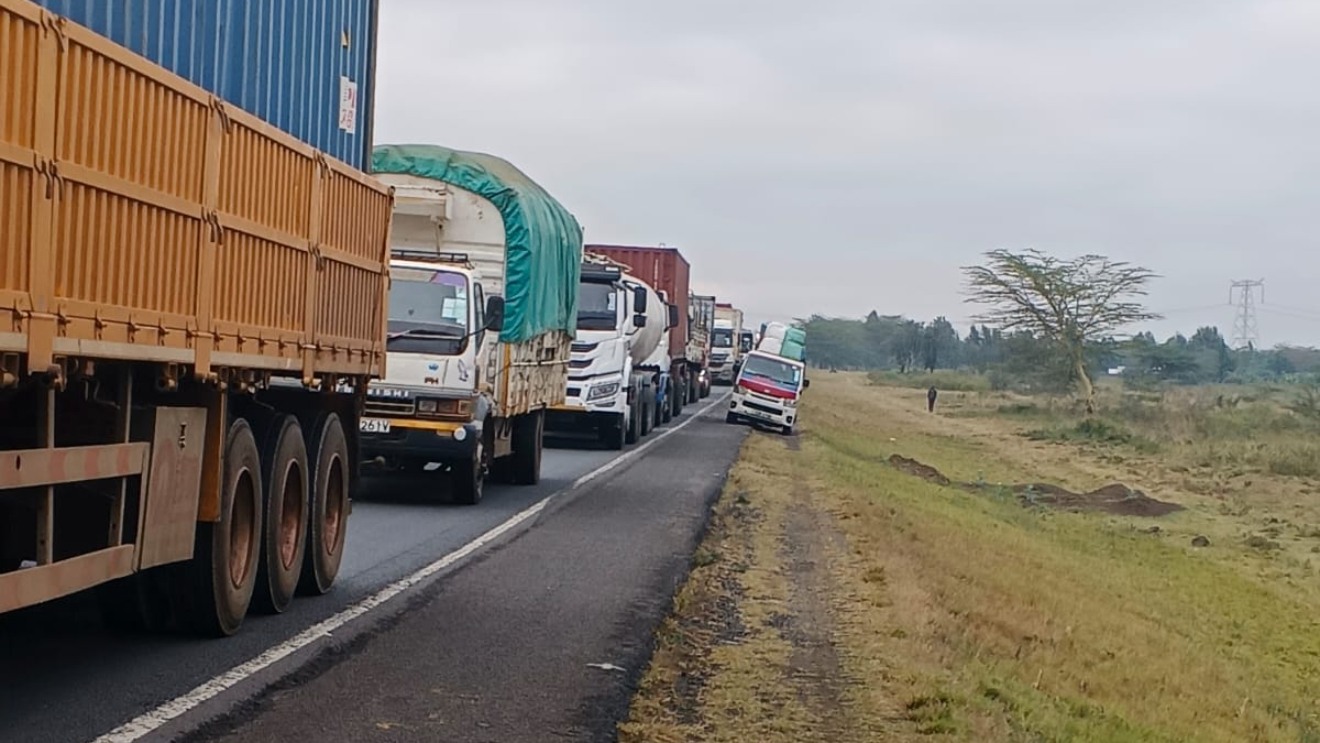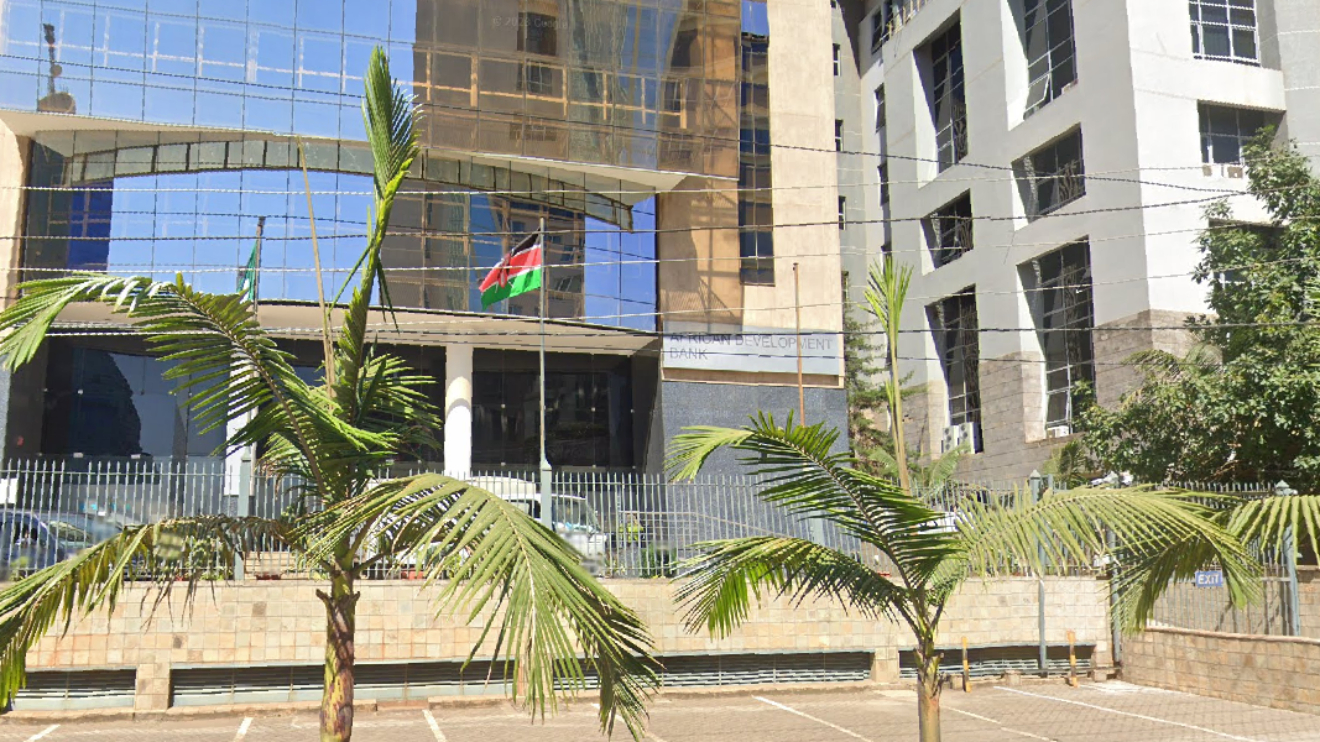A recent study by pan-African market insights firm Stears reveals that only 1.1 million out of Kenya's 7.4 million micro, small, and medium enterprises (MSMEs) have access to formal credit.
This figure represents a mere 16 per cent of the MSMEs benefiting from Kenya’s formal financing market, which is valued at Sh5.9 trillion.
MSMEs, despite accounting for over 98 per cent of businesses and contributing approximately 40 per cent to Kenya’s GDP, struggle to secure formal financing.
The Stears report, titled Assessing Africa’s MSME Financing Potential, highlights the significant gap in accessible credit.
It states, “Despite their outsized economic impact, only 16 per cent of these vital enterprises currently access formal credit. With most MSMEs dependent on informal and often unreliable financing channels, the demand for accessible, affordable credit is high.”
Read More
Further insights from the survey indicate that small and medium enterprises comprise just 14 per cent of bank loan accounts.
In 2022, banks showed a marked preference for medium-sized enterprises, which received 86 per cent of MSME-related loan accounts.
The key sectors benefiting from these loans include trade, real estate, and transport, with 40 per cent of loans directed towards trade, 20 per cent to real estate, and 11 per cent to manufacturing.
Other sectors like transport and communication, construction, and food and accommodation received a smaller share of the funding.
The report also points out a significant mismatch between the types of loans available and the needs of MSMEs.
A striking 90 per cent of MSME loan portfolios in Kenyan banks consist of short-term loans and bank overdrafts, which are unsuitable for long-term investments.
While mobile money loans typically have a 30-day repayment cycle, there have been innovative efforts by banks such as KCB and Standard Chartered Bank to introduce mobile loans with terms of 2-12 months.
Nevertheless, there remains a high market demand for longer-term loans and embedded finance solutions specifically designed for niche MSME sectors like transport, construction, and hospitality.
High collateral requirements and unfavourable interest rates further exacerbate the financing challenges faced by MSMEs.
For instance, Kenya Commercial Bank recently raised its base lending rate to 15.5 per cent from 14.7 per cent, effective from May 27th for new facilities and July 1st for existing ones.
Despite these hurdles, rapid advancements in mobile money, spearheaded by Safaricom, are seeing banks such as NCBA and Kenya Commercial Bank leverage technology to offer tailored micro-credit products for MSMEs.
According to the report, “Banks’ MSME lending income doubled from 12 per cent of total lending income in 2020 to 24 per cent in 2022, increasing from Sh70.8 billion ($646 million) to Sh105.1 billion.”
Safaricom, as the leading mobile money platform, plays a crucial role in distributing these financial products.
Through its flagship services Fuliza and M-Shwari, which command a 59 per cent market share, Safaricom has formed strategic partnerships with prominent banks like NCBA and Kenya Commercial Bank.
These partnerships are essential for delivering SME credit products on a large scale.
However, the report also sheds light on the significant operational challenges faced by companies like Twiga, MarketForce, and Copia Global, despite receiving substantial funding.
These challenges underline the complexities of navigating Kenya’s MSME market. Factors such as a weaker shilling and a tight macroeconomic climate have compounded these issues.
The report emphasises the importance of meticulous cash flow risk assessments within specific verticals, advising investors and lenders to steer clear of sectors characterised by thin margins and extended repayment periods, which can severely impact liquidity when scaling B2B embedded finance platforms.
In summary, while Kenya’s MSME sector holds substantial potential and contributes significantly to the economy, the current formal credit access is vastly inadequate.
Addressing this financing gap through innovative and tailored credit solutions remains a critical opportunity for fostering the growth of these vital enterprises.









 shares a light moment with the company's Group CEO Dr Patrick Tumbo (right) at a past event-1758121528.jpeg)
-1758116028.jpeg)

